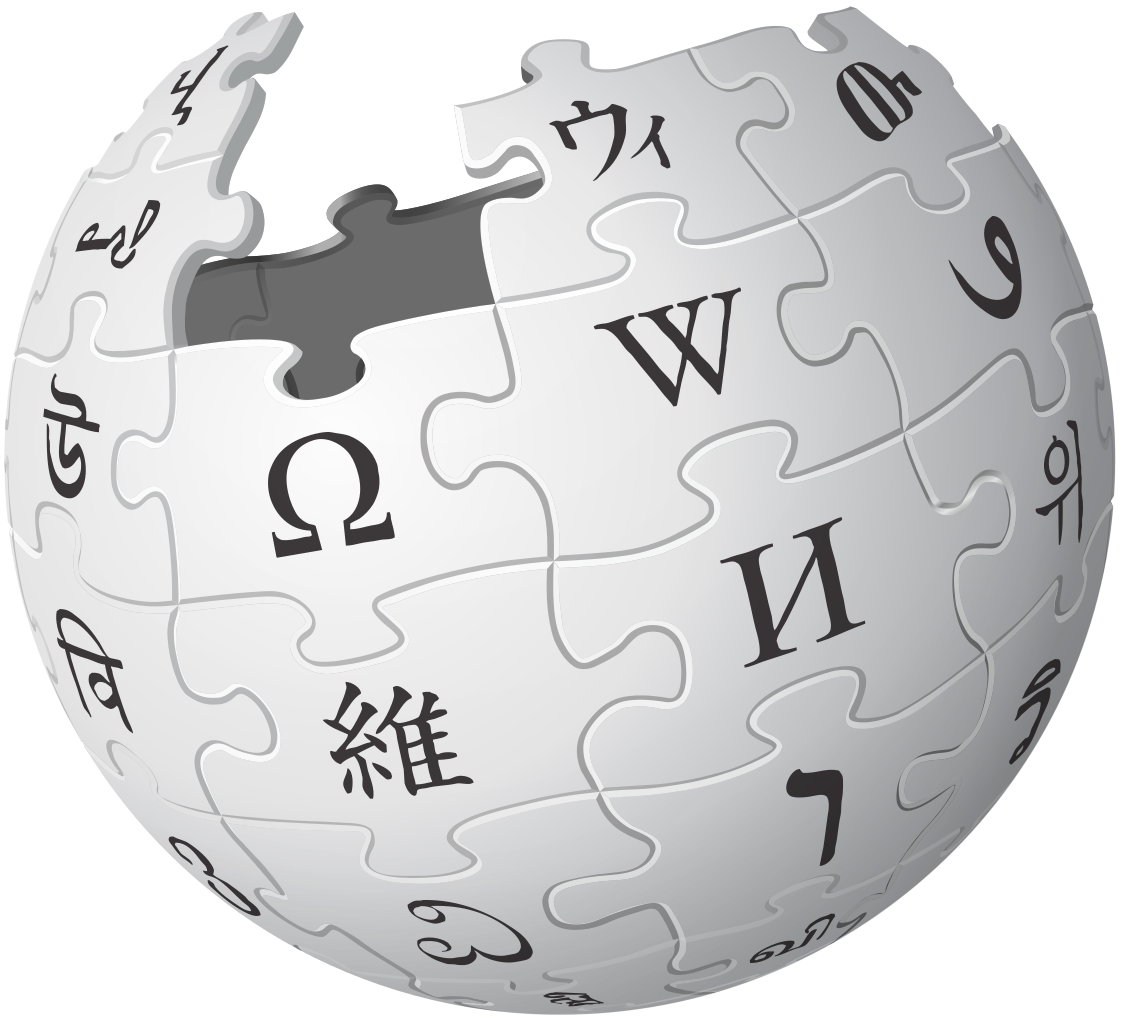

 Wikipedia Sitemap |
|
|  Useful Links 1 Useful Links 2 |

Cholera is a term that many are surprised to hear. It is a nasty illness that is ingrained in the culture of many nations. I recall my father using the term as an explicit on many occasions. It is not altogether unexpected to see cases springing up in Haiti, a country where a devastating earthquake destroyed much of its infrastructure and compromised the safe supply of drinking water.
Cholera refers to an acute gastrointestinal illness caused by a few sub-type of a bacteria, specifically Vibrio cholerea. Epidemics typically spread through infected drinking water and tend to reside in small marine animals, fish and shell-fish. In the extreme, Cholera is one of the most rapidly spreading fatal illnesses known, but the degree of infection can vary from person to person.
Cholera produces an enterotoxin which activates an enzyme on the cells lining our gut, and converts them into pumps which remove fluid from within our systems. This results in massive and quick diarrhea that continues non-stop. With that kind of fluid loss, the symptoms of headache, dizziness, stomach cramps are the consequence. Left untreated, symptomatic cholera can be over 50 percent fatal. Cholera infection can be totally without symptoms in some people, and potentially fatal in others. What determines this virulence is not yet clear.
The key to successfully treating infection is intravenous rehydration, in which fluid is fed directly into your system through a vein using a small needle. You cannot take fluids by mouth, since none will be absorbed into the system. Along with hydration, antibiotics can kill the bacteria, but it takes time and it is the toxin produced by the bacteria that causes problems. A vaccine for health care workers is available but has limited effectiveness, and should not be relied on as the sole source of protection.
There is little need for the ordinary but wise traveler to worry about infection as long as a few simple travel rules are followed. Drinking water must be clean and of a known source. Hands should be washed often. Food should not be washed in unknown water and try to stick to the fruits that need peeling or can have their skin removed.
Related resources:
● Cholera from Wikipedia, the free encyclopedia.
● Cholera - Fact Sheet from World Health Organization (WHO). Key facts, Symptoms, History, Vibrio cholerae strains, Prevention and control, Treatment. "Cholera is an extremely virulent disease. It affects both children and adults and can kill within hours. About 75% of people infected with V. cholerae do not develop any symptoms, although the bacteria are present in their faeces for 7-14 days after infection and are shed back into the environment, potentially infecting other people . . . Cholera is an easily treatable disease. Up to 80% of people can be treated successfully through prompt administration of oral rehydration salts."
● What Can I Do to Avoid Cholera?
● How to Prevent Cholera from eHow.com.
● Cholera by Anouk Zijlma, Guide from About.com. What is cholera? How can I get cholera? How can I avoid cholera, Symptoms of cholera, Treatment of cholera.
● (Video) More Than 135 Have Died in Cholera Outbreak in Haiti. Port-au-Prince, Haiti, Oct 22, 2010, by Veronica P Roberts, 1:12 min.